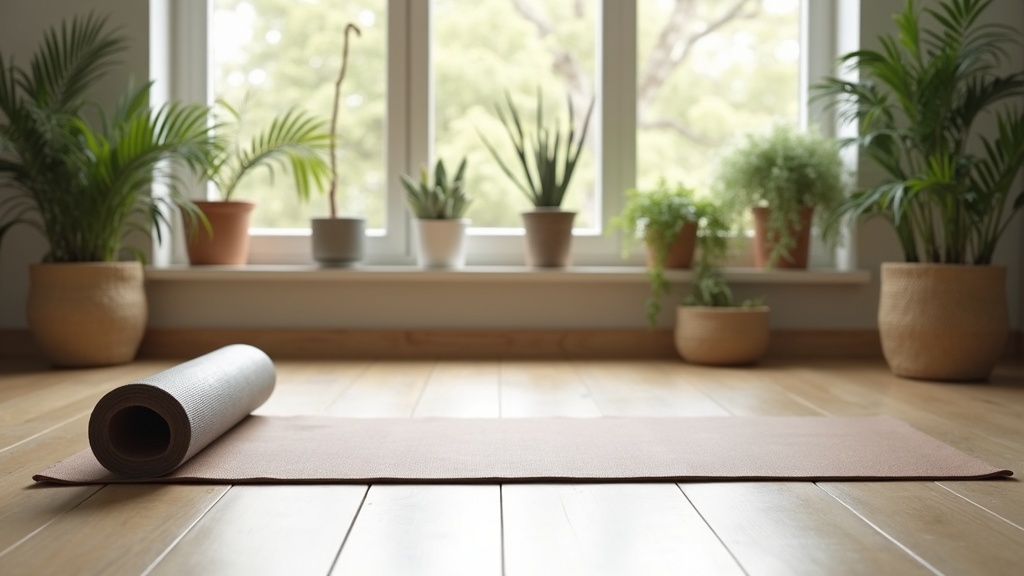Stretching serves as one of those simple, low-tech habits that can keep you feeling great and help you stay active for longer. When it comes to injury prevention, learning proper stretching techniques isn’t just for athletes. It’s something anyone who moves should consider. I’m here to break down how to stretch properly, why technique matters, and some handy tips you can start using right away to make stretching a natural part of your healthy lifestyle.

Understanding the Basics: Types of Stretching
All stretches are not created equal. Here’s a quick breakdown of the main types of stretching you’ll come across and how each fits into the goal of injury prevention.
- Static Stretching: This type involves holding a position for a set period, usually 15-60 seconds. It’s the most common and lowest risk, especially when done after activity or when muscles are warmed up.
- Dynamic Stretching: These are controlled movements that take you gently to the limits of your range of motion. Think leg swings or arm circles. These are great for warming up and improving movement patterns.
- Ballistic Stretching: These involve forceful, bouncing movements. I find this version is less useful and can be risky unless you’re working with a coach, so most folks will want to skip it for injury prevention.
- PNF Stretching (Proprioceptive Neuromuscular Facilitation): This advanced method pairs stretching with contracting and relaxing the muscle. It’s super effective but usually safest with a partner or trainer because it involves a mix of tension and relaxation for deep flexibility gains.
Picking the right type of stretch for your goals and your body is key. If you’re aiming for general flexibility and daily ease of movement, static and dynamic stretches are typically your best bet. Individuals working on athletic performance or regaining range of motion after injury may benefit from adding in some PNF stretches under supervision.
Quick Guide: How to Stretch Safely and Effectively
Starting a stretching routine doesn’t mean twisting yourself into knots. Here’s a practical approach you can use before, during, or after workouts—or anytime you feel tight or stiff. With this routine, you’re not just working flexibility. You’re also training your body to move more efficiently, which adds up to fewer injuries.
- Warm Up Your Muscles: Walking, light cycling, or even climbing stairs for a few minutes helps increase blood flow so your muscles are more elastic and ready to stretch.
- Start Gentle: Move into each stretch slowly, avoiding sudden jerks or bouncing. Breathe steadily and focus on relaxing the muscle you’re targeting. This helps prevent microtears and sharp discomfort.
- Hold, Don’t Strain: Hold each stretch for at least 15-30 seconds. You should feel a gentle pull, never sharp pain. If it hurts, back off right away. Stretches should feel like a release, not a struggle.
- Work Both Sides: Aim for symmetry by stretching both sides of your body, even if one feels looser or tighter than the other. Balancing flexibility makes movements safer and helps prevent overuse on one side.
- Keep It Regular: Consistency is where the benefit really stacks up. Two to five times a week, or even daily, can make a difference in how you move and feel.
Combining these steps helps you build a healthy habit that keeps muscles long and nimble, while avoiding the mistakes that can lead to injuries. If you’re at the gym or exercising outside, use stretching as part of both your warmup and cool down. This helps transition your muscles smoothly between being at rest and active.
Things to Watch Out For: Common Stretching Mistakes
Doing stretching the wrong way can actually raise your risk of injury instead of lowering it. Here are a few common mistakes I often see, and how you can dodge them:
- Stretching Cold Muscles: Jumping right into a deep stretch without a quick warmup is asking for trouble. Always take a few minutes to get moving first. Even a two-minute walk can make a world of difference.
- Bouncing or Forcing a Stretch: Ballistic stretching feels intense but cranks up your risk for muscle pulls. Stick with slow, controlled movements so your muscles can adapt.
- Holding Your Breath: Breathing helps you relax and stretches the tissue more comfortably. Remember to inhale and exhale calmly throughout. This simple habit can take your stretching up a notch.
- Ignoring Pain: Pain is your body’s signal to stop. Listen to it; stretching shouldn’t hurt. If you experience sharp pain, reset your position or swap the stretch.
- Neglecting Muscle Imbalances: Focus on areas you know are tight or overworked, like hamstrings or neck, but don’t skip the sides that feel better. Evening out flexibility keeps your movements more balanced.
Stretching Too Much or Too Little
Overstretching can cause microtears in muscle fibers, while not stretching enough means you miss out on the benefits. Checking in with your body—if a muscle feels tired or weaker after stretching, you might be overdoing it. On the flip side, if you never feel a mild tension during your stretch or if your range of motion never improves, you probably need to hold them a bit longer or a bit more often.
Also, mixing in some quick self-assessments can help. Try reaching for your toes once a week, or marking how far you can reach behind your back. These little benchmarks will let you spot gains or areas needing extra attention.
Real Benefits: What You’ll Notice From Proper Stretching
One of the coolest things about proper stretching is how fast you start noticing little wins. Some of what you might see includes:
- Fewer muscle cramps and aches, especially in your back, legs, and shoulders.
- Smoother, more comfortable movement during workouts or everyday tasks.
- Better balance and stability, making slips and trips less likely.
- More energy and improved mood; moving more freely makes you feel lighter and happier.
- Reduced stress. Stretching can act as a brief moment of mindfulness, helping you check in with your body and get a sense of what feels good or needs extra love.
A little consistency goes a long way, and your joints and muscles will thank you for the extra care. With time, you may also find you recover faster from tough workouts, or that aches you used to get by sitting at a desk all day aren’t as bad as they once were.
Frequently Asked Questions: Stretching For Injury Prevention
Here are answers to a few quick questions to clear up common confusion:
How to stretch to prevent injuries?
Move slowly into each stretch after getting your muscles warm. Hold the stretch until you feel mild tension (not pain), and breathe steadily. Gentle, regular stretching can help increase flexibility and keep your muscles functioning well, which helps stop injuries before they start.
What is the proper technique for stretching?
Start with a gentle warmup, then ease into a slow stretch. Hold each stretch without bouncing for 15-30 seconds. Focus on breathing and relaxing the muscle group while holding the position. Never push into pain, and always keep the movement controlled and smooth.
What type of stretching has the lowest risk of injury?
Static stretching has the lowest risk, especially when muscles are already warm. Hold each position gently without bouncing, and never force a stretch beyond what feels comfortable.
Bonus
If you are looking for more fast and effective ways to achieve your goals faster, make sure to check this one out. You have probably heard about them but don’t know how useful they are for our body. The fact is that without them our body could begin to crumble. Want to let me help you with something that I do as well? Then make sure to read everything in here because I share with you all my knowledge through years of personal experience.

Leave a Reply